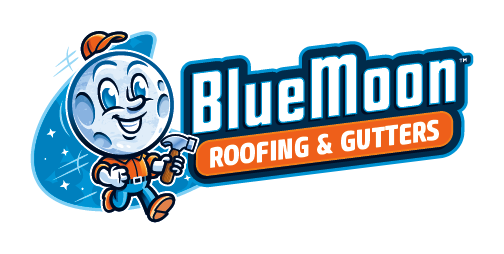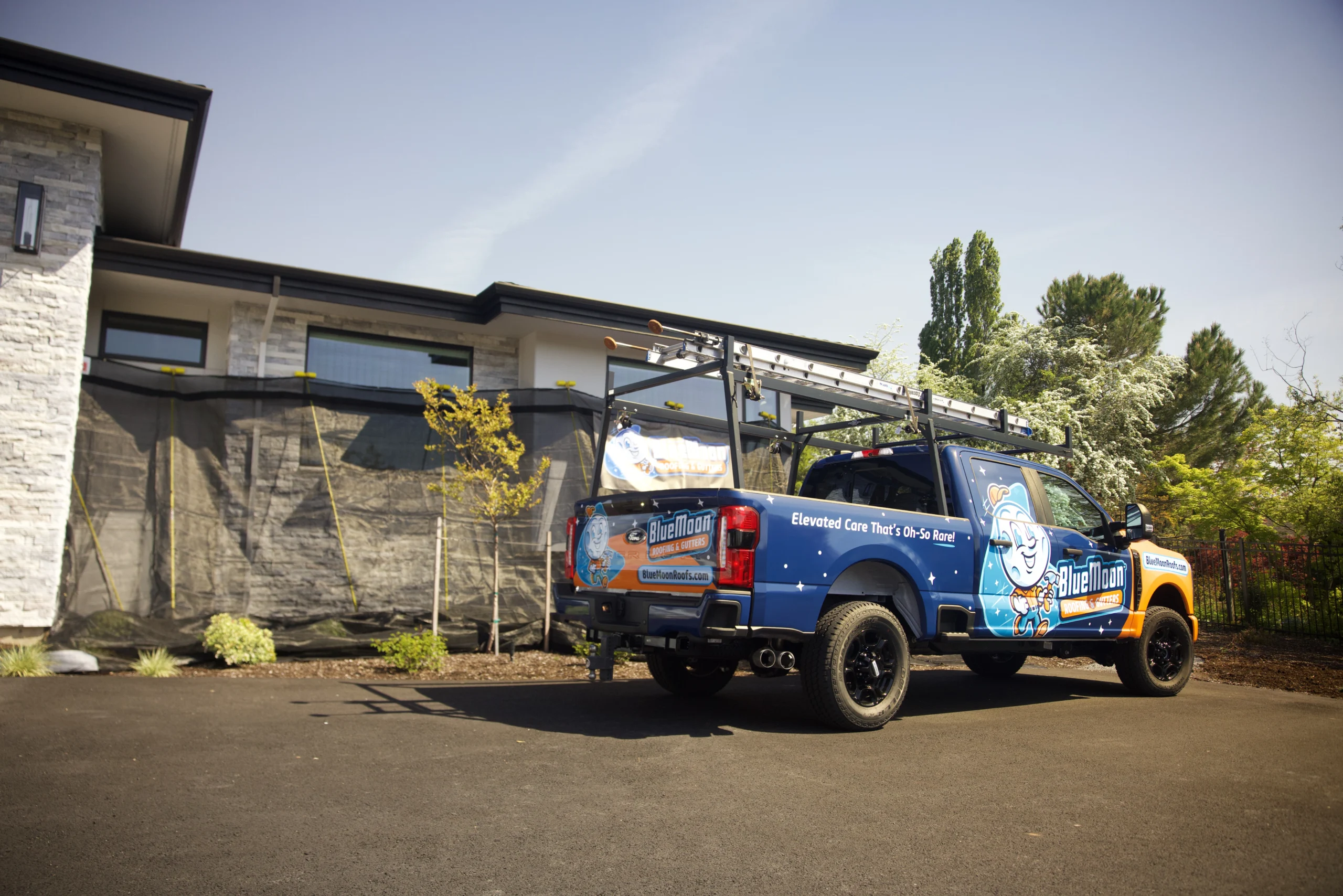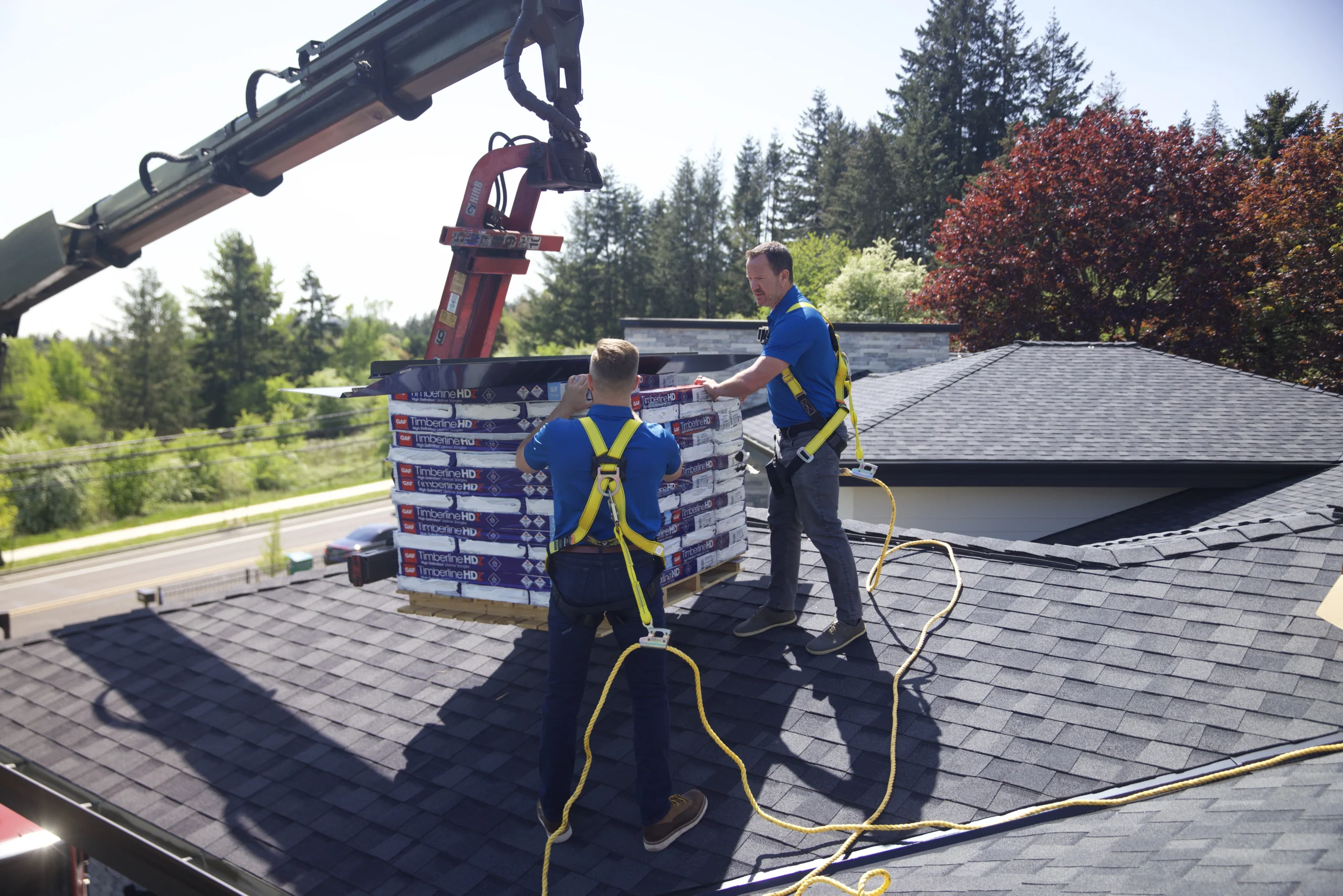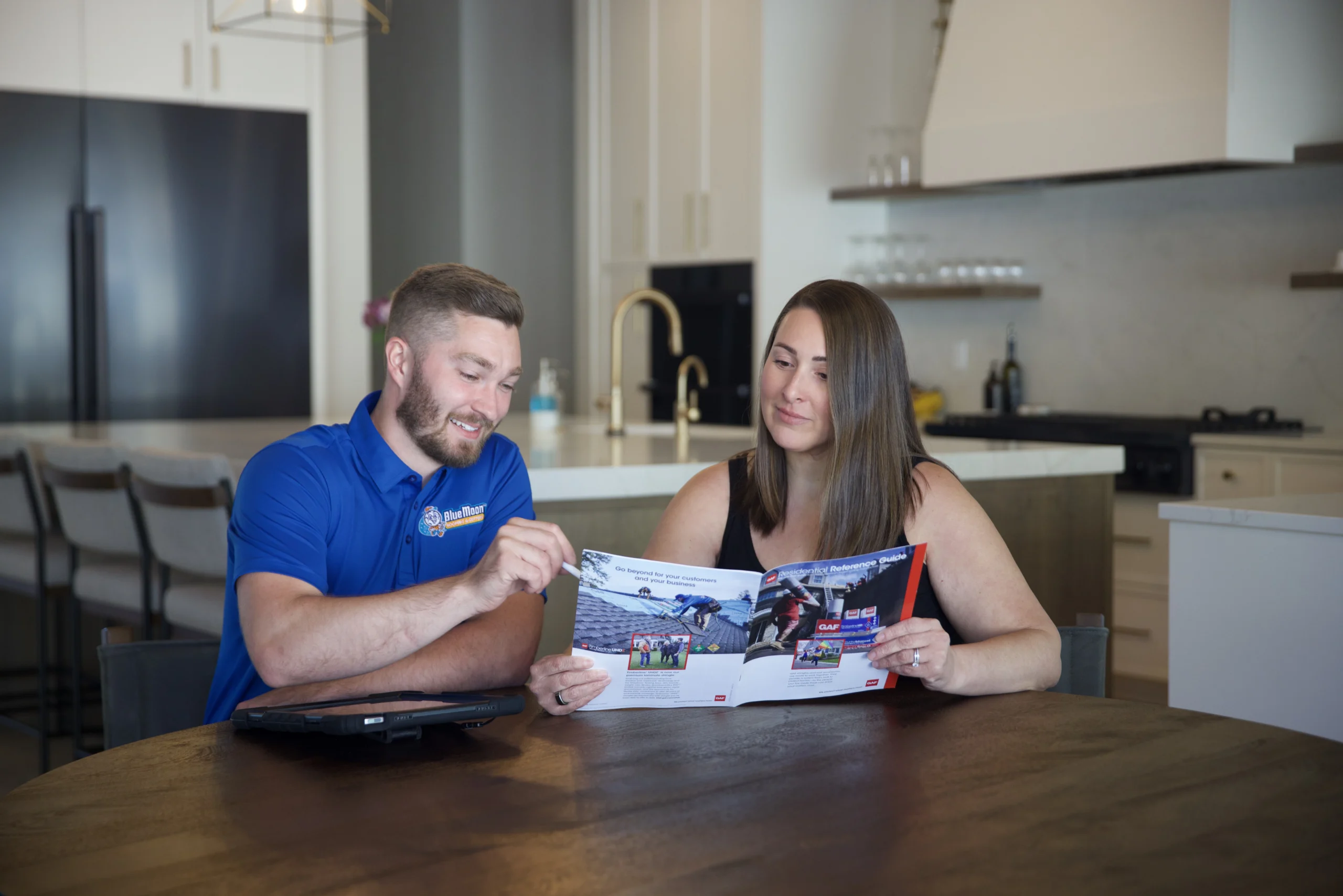In leafy neighborhoods like Portland, fall gutter maintenance is crucial to prevent clogs and water damage. Here’s a checklist to keep your gutters clean and ready for the rainy season:
1. **Gutter Cleaning:** Remove leaves and debris from gutters and downspouts to ensure proper water flow.
2. **Leaf Removal:** Clear the area around your home of fallen leaves to prevent them from clogging gutters.
3. **Downspout Flushing:** Use a hose to flush out downspouts and ensure water can flow freely.
4. **Gutter Hose Spray:** Consider using a high-pressure hose attachment to clean hard-to-reach areas.
5. **Ladder Safety:** Use a sturdy ladder and have someone spot you while working at heights.
6. **Gutter Sealant:** Inspect and repair any leaks or cracks in your gutter system.
7. **Gutter Guard Cleaning:** If you have gutter guards, clean them to maintain effectiveness.
8. **Roof Valley Debris:** Remove debris from roof valleys to prevent water backup.
9. **Gutter Inspection List:** Check for loose hangers, sagging gutters, or signs of damage.
10. **Seasonal Home Care:** In addition to gutters, take this time to prepare your home for the upcoming season.
By following this checklist, you’ll ensure your home is rain-ready and well-maintained for the fall season.
 Call Now
Call Now Get In Touch
Get In Touch





